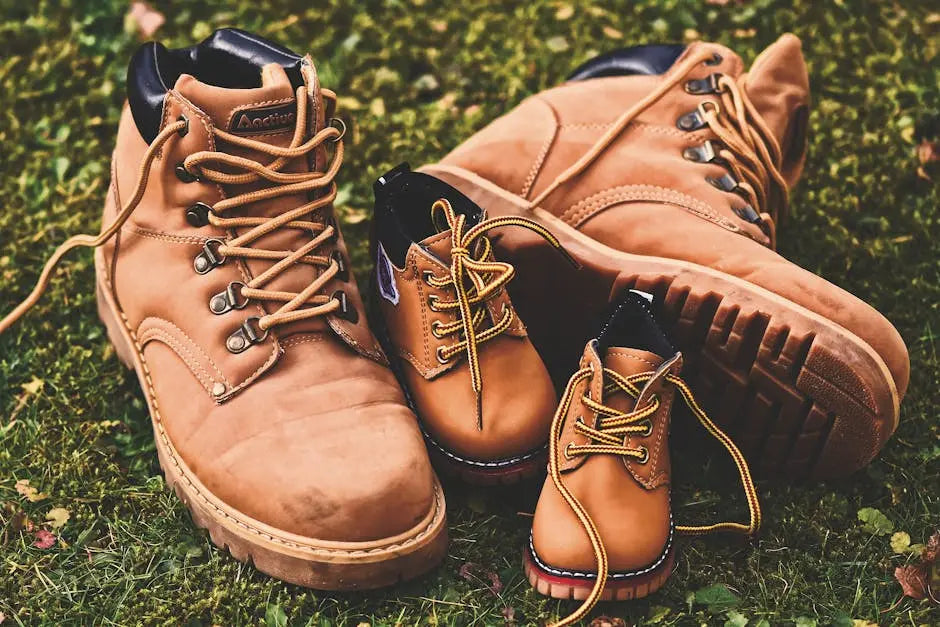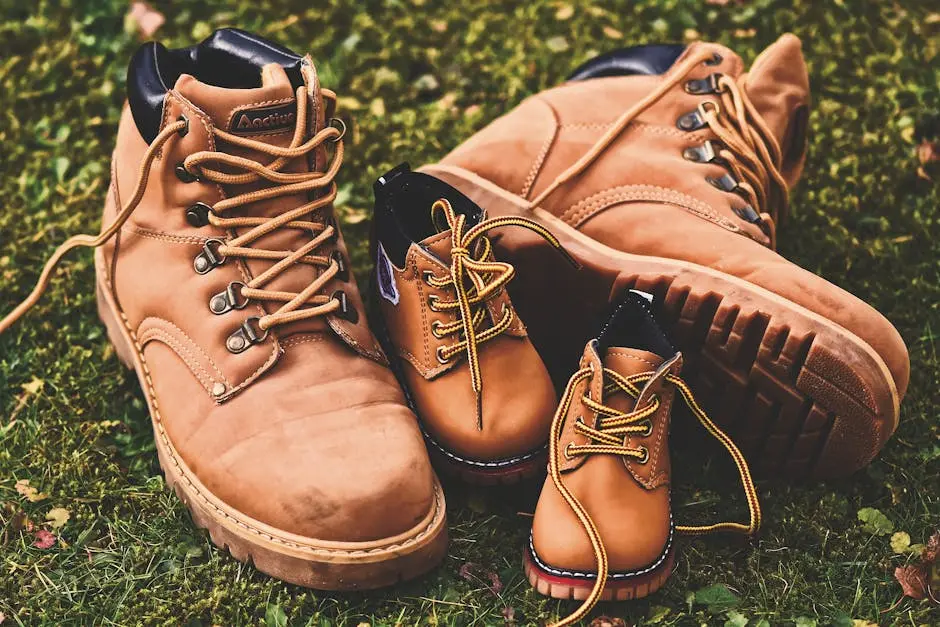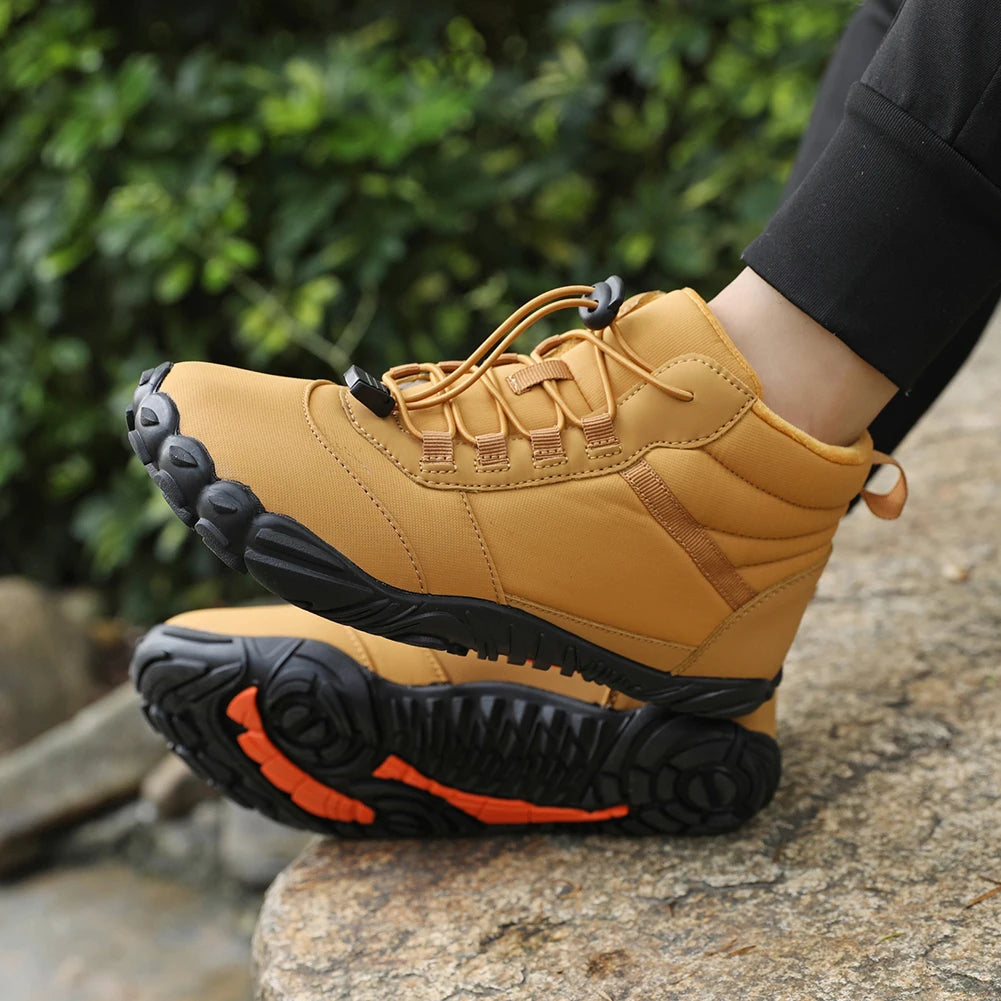
The Ultimate Guide to Choosing the Best Outdoor Shoes
Choosing the right outdoor shoes can make or break your adventure. Whether you’re hiking up a mountain, trekking through a forest, or simply enjoying a walk in the park, the right pair of shoes can ensure comfort, support, and protection. In this guide, we will walk you through everything you need to know to select the best outdoor shoes for your needs.
Understanding Different Types of Outdoor Shoes
Outdoor shoes come in various types, each designed for specific activities. From hiking boots to trail running shoes and sandals, understanding each type’s purpose is crucial in making the right choice.
When considering hiking boots, it’s important to note their durability and stability, ideal for rough terrains and lengthy trails. They provide ankle support and are usually waterproof, making them a go-to choice for most hikers. Meanwhile, trail running shoes are crafted to be lightweight and flexible, perfect for running enthusiasts who seek agility over rugged paths. Their design focuses on cushioning and grip, optimizing performance on uneven ground. On the other hand, sandals are suitable for lighter activities such as strolls through parks or casual beach walks, offering breathability and comfort. Each shoe type caters to different needs, exemplifying why it’s vital to align the shoe choice with your outdoor goals.
Factors to Consider When Choosing Outdoor Shoes
When selecting outdoor shoes, consider factors such as the activity you’ll be doing, the terrain, weather conditions, and personal comfort preferences. These elements play a significant role in determining the best shoe for your adventures.
Starting with terrain, ask yourself if the path is rocky, muddy, or paved. For uneven terrains, shoes with aggressive treads provide better grip and stability. In wet or cold conditions, gore-tex or waterproof materials can be essential to keep feet dry and warm. Equally, climates and day-to-day weather should steer choices towards breathable fabrics to prevent overheating in warmer climates. Always remember, your chosen shoes should match your personal comfort preferences, whether you prefer more cushioning or a more minimalist feel. Evaluating these factors carefully ensures that not only do you have the most comfortable fit, but also the most effective shoe for your journey.
The Importance of Fit and Sizing
Proper fit and sizing are critical for ensuring comfort and avoiding injuries. Learn how to measure your feet correctly and understand the importance of trying on shoes at the end of the day when your feet are slightly swollen.
A key aspect in selecting outdoor footwear is ensuring a snug fit. Shoes that are too tight might cause blisters or restrict blood flow, whereas overly loose shoes can lead to sliding and lack of support, both scenarios risking injuries. To accurately find your size, measure both feet as they might vary slightly in size. It’s also advisable to wear the socks intended for your outdoor activity when trying on new shoes, as this mimics the real-world conditions under which you’ll be operating. Furthermore, to address swelling, it’s best to shop for shoes later in the afternoon when feet are naturally swollen. This ensures that the shoe provides ample room during more intense activities, accommodating any foot expansion that occurs.
Material Matters: The Right Choice for Durability and Comfort
The material of your shoes impacts durability, breathability, and water resistance. Explore the differences between leather, synthetic, and other materials used in outdoor shoes.
Choosing the right material is synonymous with finding the perfect blend between durability and comfort. Leather is often praised for its robustness and ability to mold to the foot over time, providing superior comfort and support. It’s an excellent choice for long, demanding treks. However, leather lacks breathability compared to synthetic materials, which are lighter and dry faster, ideal for humid or wet conditions. Gore-tex membranes offer waterproof protection while maintaining breathability, providing a middle ground for those seeking versatility. Each material has its unique benefits, making it crucial to match the material of your shoes with your specific needs and the environments you plan to explore.
Caring for Your Outdoor Shoes
Proper care extends the life of your outdoor shoes. Discover tips for cleaning, drying, and storing your shoes to ensure they remain in great condition hike after hike.
Preserving the integrity of outdoor shoes involves regular cleaning and maintenance. After each use, remove dirt and debris with a soft brush or cloth to prevent material degradation caused by accumulated grime. Always allow shoes to air dry rather than using direct heat sources, which can warp materials and break down adhesives. For waterproofing, reapply treatments to maintain and enhance water resistance over time, especially after frequent use or intense conditions. Store your shoes in a cool, dry place to avoid excessive moisture or heat exposure. By adopting these maintenance practices, you enhance the lifespan and performance of your footwear, safeguarding your investment and ensuring reliable protection on your adventurers.
Your Perfect Outdoor Shoe Awaits
Selecting the best outdoor shoes is about understanding your specific needs and the environment you’ll be exploring. By considering factors like terrain, fit, and material, you can make an informed decision that ensures comfort and performance on every adventure. Remember, the right pair of shoes is an investment in your outdoor enjoyment, so take the time to choose wisely. Visit Bearefoot’s homepage for more insightful tips and a wide range of outdoor footwear options tailored for your next adventure.
- Choosing a selection results in a full page refresh.
!
















































